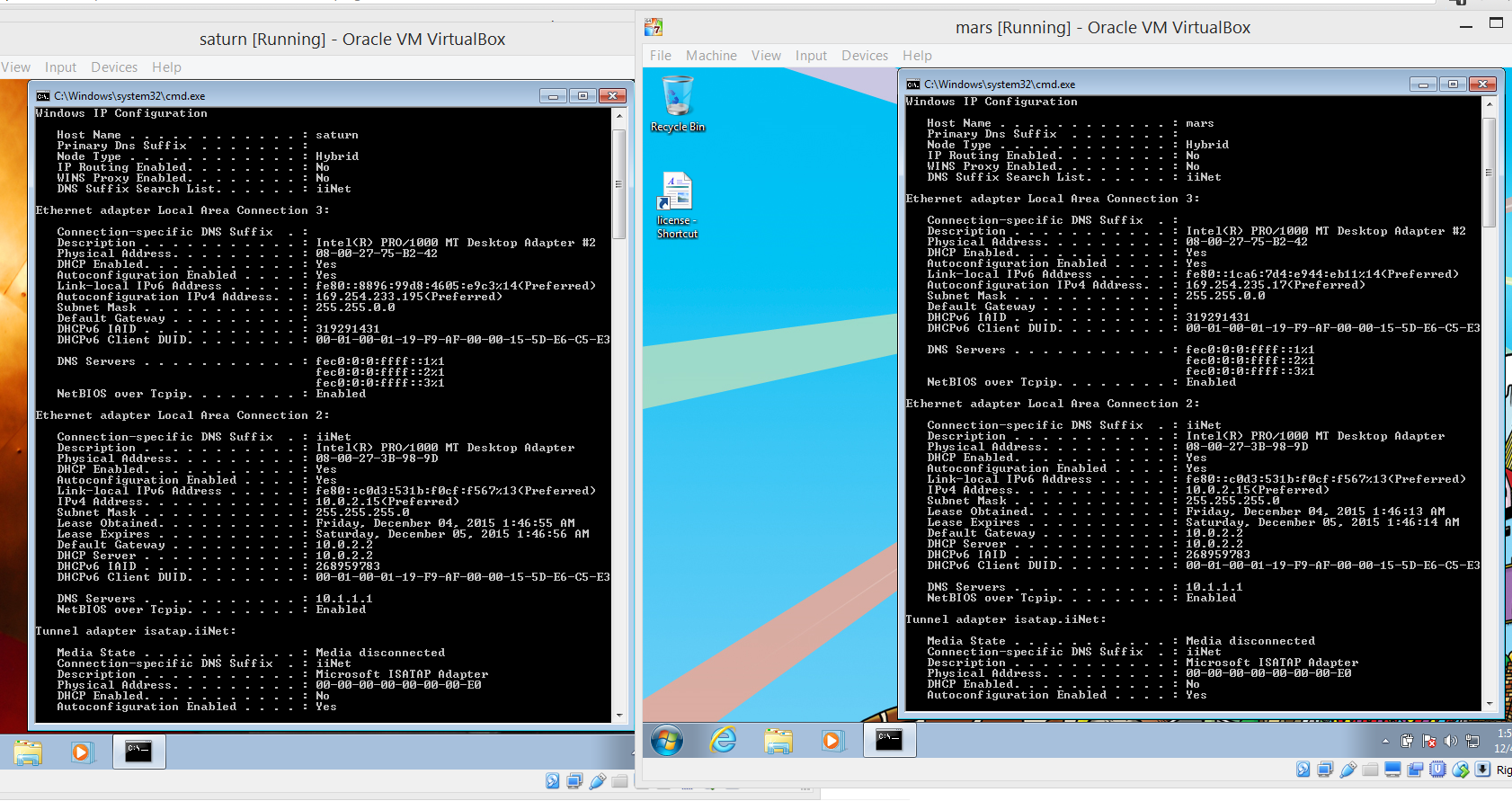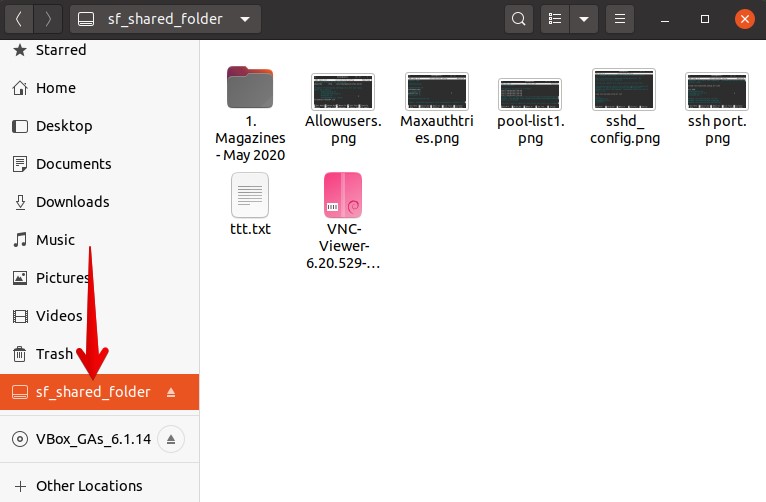

The files will be immediately shared, and recognized by your server, allowing you to continue working on the files with your favorite IDEs and code editing tools without the upload step.

With file sharing enabled you will be able to drap-and-drop files into specific directories within your Vagrant instance using your local file manager (e.g. You could either use SCP, but we will enable file sharing to make life a lot easier. The same will be true with our Vagrant server: you need a way to get files from your host machine, to the guest server. In the Mount point field, enter either a letter if you’re using a Windows client or a folder name if you’re using a Linux client, under which the OS will try to mount your folder.Typically when we work with a Web server, we edit our files locally, and then "push" them up to our Web server (perhaps using SCP, rsync, Git push, or maybe even FTP). Enable Auto-mount if it’s not active so that you won’t have to mount the folder manually each time in the client OS.ħ. Make sure Read-only is disabled if you want both host and client to have read and write access to its contents.Ħ. Choose the path of the actual folder that will be shared in Folder Path.ĥ. Click on the icon with the Plus sign to add a new shared folder.ģ. To use shared folders in VirtualBox clients, open your VM’s settings:Ģ. You can copy and move files to and from it, then detach it from the VM to access its contents on the host PC. While the VM is active, find your flash drive in “Devices -> USB.” Choose it for it to detach from your host PC and attach to the guest OS.ĥ.


 0 kommentar(er)
0 kommentar(er)
